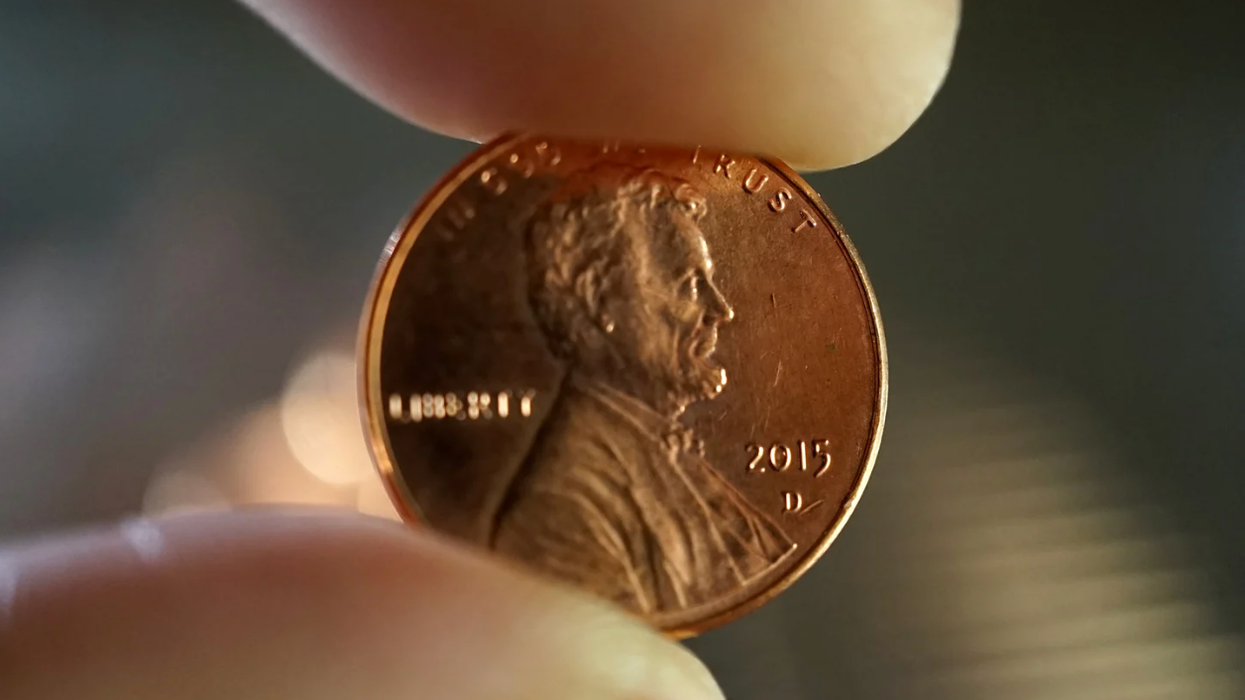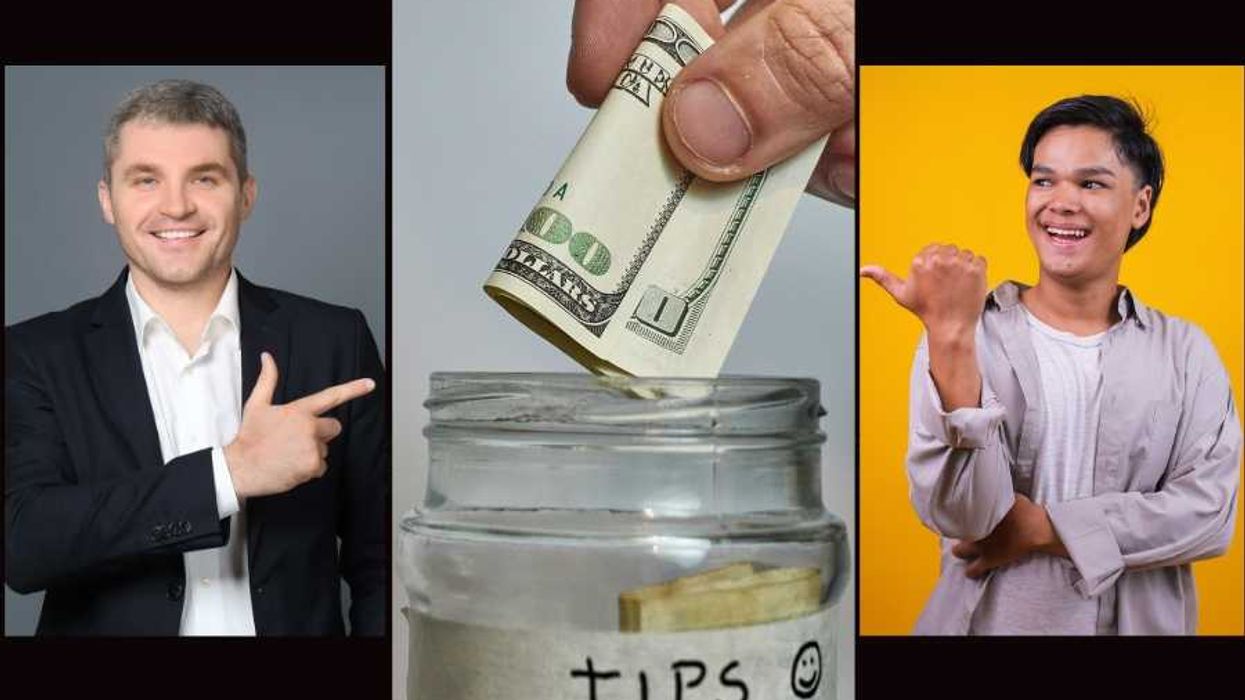It’s no secret that money is a huge stressor. That’s been a given for years. Being late on payments, having “debt denial,” avoiding aggressive debt collectors, and fearing eviction can warp your sense of self-worth. But now studies are finding that people’s financial woes are actually giving them post-traumatic stress disorder-like symptoms of denial, avoidance, hypervigilance, and nightmares. Those suffering often refuse to admit just how bad their debt is, and they can’t come to terms with paying it off. And the scary reality is: More than one-third of young adults today are experiencing these symptoms on a regular basis.
Art therapy is a tried-and-true way to treat the symptoms of PTSD—and now the “debt-challenged” are also turning to the practice. Drawing taps into people’s senses (the visual, tactile, and kinesthetic), helping them work through the painful memories, frustrations and fears. Focusing on visuals rather than on numbers has also been known to motivate individuals—in this case, prompting them to pay their debt off faster. Here, a handful of bloggers and Instagrammers show us how their art projects have proven effective when spreadsheets failed.
COMBATING THE DEBT SPIRAL
When Amy Jones got “the talk” from her tax guy, telling her that she needed to get her financial shit together—and pay off $26,000 in credit card debt—she took to a black Sharpie and framed canvas. Jones drew an elaborate pattern of spirals, and each time she paid off $100, she’d color in one of the spirals. “I wanted to create something beautiful from something I was ashamed of,” she says. She used the same spiral drawing exercise to pay off her taxes. “It helped me look at my credit card debt with love instead of fear,” Jones tells me. “I had so much shame about my debt, and kept it out of sight. I was in denial about my ability to turn things around.” So, Jones chose to bring that fear visually front and center, where she would see it every day.
Over time, Jones saw progress. “For so long, making any payment toward my debt was a truly unsatisfying exercise,” she says. “Seeing the numbers on the statement go down lacked excitement or emotion.” But breaking down debt into $100 increments, and having something to color in each time she made a payment, helped her see and feel tangible progress.
MELTING THE SNOWBALL
When Amanda Williams started her “debt-free journey”, she felt overwhelmed with fear and anxiety. So she turned to the only exercise she could think of: a snowball spread. Inside a Bullet block journal, Williams designated a color for all of her debts: orange was the Chase credit card; blue was the Bank of America card; gray was the USAA Visa card. Each block was worth $130, and she started by paying off the smallest debt first, then the next smallest, and so on. The result of this so-called “snowball method” is an abstract landscape of color. For her, the excitement of coloring in the boxes and seeing the page slowly fill up is extremely motivating.
“There are times when I feel like we'll never be out of debt and that we aren't making enough progress,” says Williams. “In those times, I refer back to my debt snowball spread and it reminds me how far we've come.”
OPERATION PAY OFF MORTGAGE
Liz from the blog Chief Mom Officer created a debt chart to tackle her mortgage of $255,000. Markers are denoted for every $10,000 checkpoint. In this case, hitting the bottom equals success. “This mortgage was the last thing standing between me and total debt freedom, but it seemed impossible to pay off such a large amount,” Liz explains. “Creating this chart helped me to regularly see the progress I was making toward payoff. It also helped me feel less overwhelmed, since it breaks the mortgage into smaller chunks.” The chart changed Liz’s perspective on her balance: “Instead of seeing it as this great big thing that would never get paid off, paying it off is something that will be achievable in just the next few years.”
GET BACK TO SQUARE 1
Derek Olsen doodles clusters of small squares to track his student loans. He designates a square to represent $250 of debt, and groups them by loan service provider. “Seeing our debt organized in one place made me feel a lot better about our situation,” Olsen says. “It made it feel more concrete and less all over the place.” For Olsen, visualizing the financial hurdle helped him get his head around the obstacle he and his wife were facing. Progress can be difficult to see in numbers on a spreadsheet—drawing gives it a totally different perspective.
“We don't have a ton of debt anyway, so being able to see the light at the end of the tunnel feels really good,” Olsen says.
MERCURY RISES, DEBT LOWERS
Jealousy fueled Emilie Burke’s desire to make serious progress on her $30,000 of debt. “A friend of mine actually paid off her credit cards before I did,” says Burke. “As happy for her as I was, I couldn’t help but also be jealous—and disappointed in myself—because I wanted that sort of progress too.”
Burke tacked a debt payoff thermometer on a wall in her office to serve as a visual reminder that she, too, was making progress. “Earlier this year, I felt like I had just been hemorrhaging money,” she says. Besides the usual holiday spending, she had entertained visitors for a few weeks in a row and closed on a house. While she had been making more than the minimum payments on her debt (which includes a car loan, credit card debt, and student loans), she just didn’t feel like she was going fast enough.
What Burke really wanted was to have a good month, one that made her feel like she was making serious progress on her debt snowball. And in April, she did, paying off $3,676.96 in debt. “For the first time since I was 18,” she says, “I no longer have credit card debt.”






















